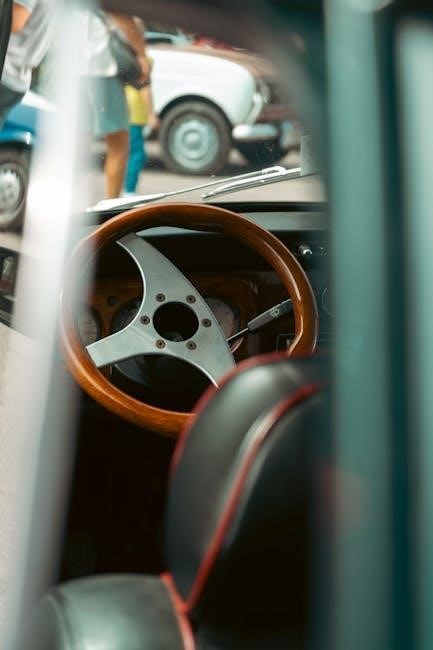Welcome to the official guide for the Boss DD-200, a versatile digital delay pedal offering advanced controls and customization. This manual helps users unlock its full potential.
1.1 Overview of the Boss DD-200
The Boss DD-200 is a cutting-edge digital delay pedal designed for guitarists, producers, and sound engineers. It offers a wide range of delay modes, customizable parameters, and advanced features like expression control and USB connectivity. With its intuitive interface and robust build quality, the DD-200 is a versatile tool for creating unique soundscapes. Its compact design makes it perfect for pedalboards, while its extensive menu options provide deep control for professionals seeking precise tone shaping.
1.2 Importance of Reading the Manual
Reading the Boss DD-200 manual is essential for unlocking its full potential. It provides detailed explanations of features, controls, and customization options, ensuring users can navigate the pedal’s advanced functions effectively. The manual helps avoid setup errors and optimizes performance, offering troubleshooting tips and insights into maximizing sound quality. By understanding the DD-200’s capabilities, users can create unique effects and achieve professional-grade results, making it a vital resource for both beginners and experienced musicians.

Understanding the Controls and Connectors
The Boss DD-200 features an intuitive layout with clearly labeled controls and connectors, designed to streamline your workflow and enhance creativity during performances and recordings.
2.1 Top Panel Layout
The Boss DD-200’s top panel is thoughtfully designed for easy navigation. It features a clear LCD display, mode selector knob, time/feedback knob, level knob, and tap/hold buttons. The display shows delay parameters, while the knobs allow quick adjustments to delay time, feedback, and output levels. The tap button enables tempo setting via tapping, and the hold button freezes the delay sound for creative effects. This intuitive layout ensures seamless control over your delay settings during performances or recording sessions.
2.2 Rear Panel Connections
The Boss DD-200’s rear panel offers a variety of essential connections. It includes input and output jacks for mono or stereo operation, a USB port for computer connectivity, and an expression pedal jack for external control. Additionally, there’s a power jack for the AC adapter. These connections provide flexibility for integrating the DD-200 into pedalboards, studio setups, or live rigs, ensuring compatibility with a wide range of musical equipment.
2.3 Expression Control Setup
The Boss DD-200 allows for enhanced control using an external expression pedal. Connect the pedal to the rear panel’s EXP jack to customize parameter adjustments. Assign the pedal to control delay time, feedback, or other effects via the EXP menu. Calibration is automatic, ensuring smooth operation. This feature is ideal for dynamic, real-time adjustments during performances, enabling precise control over your sound. It enhances versatility for both live and studio applications, making the DD-200 even more adaptable to your musical needs.
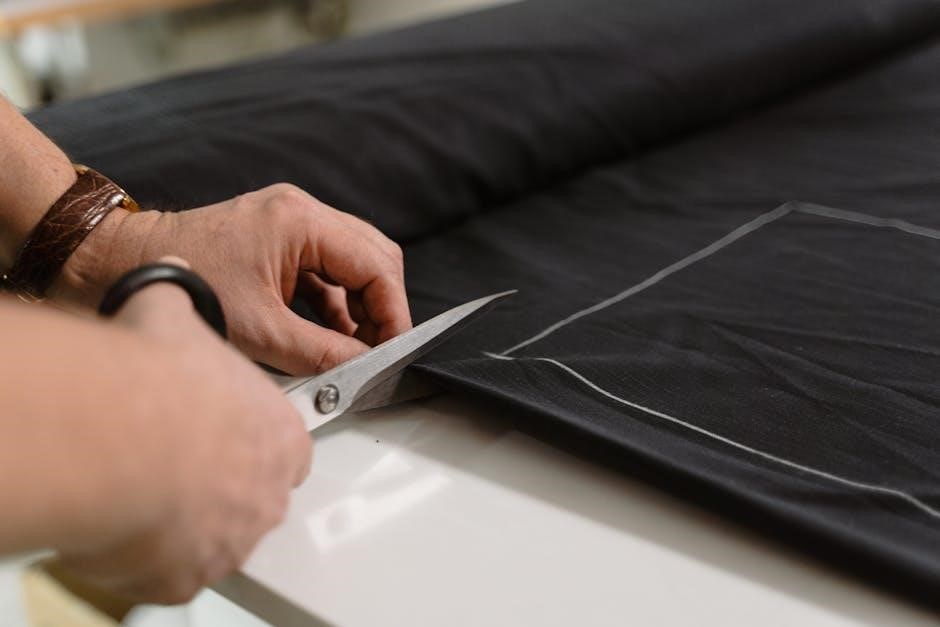
Basic Operation of the Boss DD-200
The Boss DD-200 ensures easy basic operation, enabling users to power on, navigate the menu, and adjust essential settings with simplicity and efficiency.
3.1 Powering On and Off
To power on the Boss DD-200, press the power button located on the top panel. The LED will illuminate, indicating the unit is active. When turning off, press and hold the power button until the LED dims. Ensure the pedal is connected to a compatible power supply for proper operation. Avoid sudden power-offs during operation to prevent data loss or unexpected behavior. Always use the recommended power adapter to maintain optimal performance and longevity of the device.
3.2 Navigating the Menu Options
Navigating the Boss DD-200’s menu is straightforward. Press the MENU button to access the main menu. Use the cursor buttons (↑ and ↓) to scroll through options like delay type, effect level, and tap tempo. Press TAP/ENTER to select a parameter and adjust it using the VALUE knob. To exit the menu, press MENU again or wait for the auto-exit feature to activate after inactivity. This intuitive system allows quick adjustments and easy access to advanced features.
3.4 Setting Up Delay Parameters
Setting up delay parameters on the Boss DD-200 allows precise control over your sound. Select the desired delay type using the cursor buttons. Adjust the delay time with the VALUE knob or sync it to your tempo using tap tempo. Customize additional parameters like feedback, mix level, and tone to shape your delay sound. Press TAP/ENTER to save your settings. Experimenting with these options ensures a tailored delay effect that enhances your music.
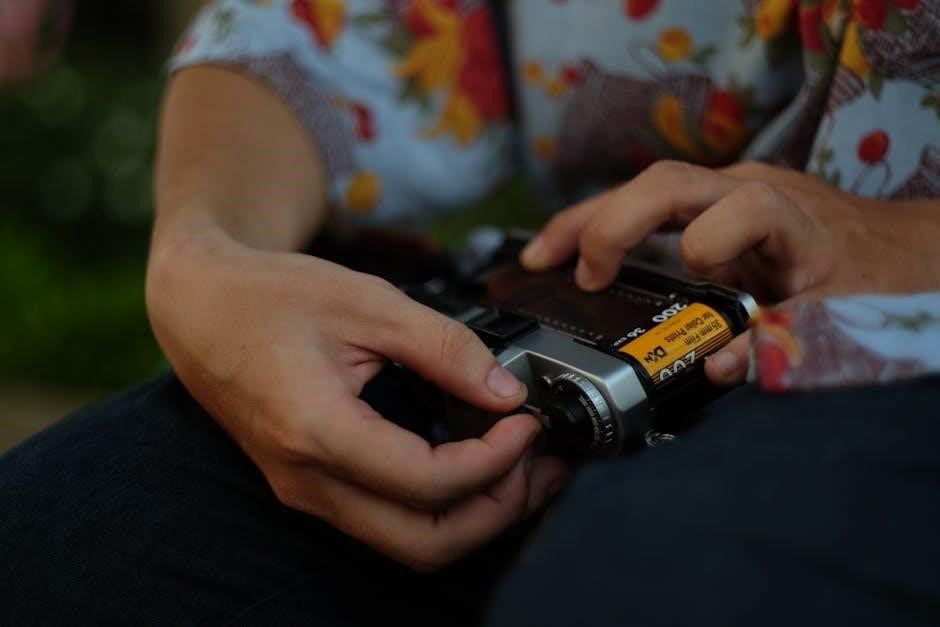
Advanced Features of the DD-200
Boss DD-200 offers advanced features like memory and tap functions, customization options, and USB connectivity to easily enhance your creative sound and workflow.
4.1 Memory and Tap Functions
The Boss DD-200 features 127 user memory locations and 12 preset patches for saving custom delay settings. The tap tempo function allows synchronization with live performances. Hold the TAP/HLDG button to set delay time internally. External tap control is possible via the expression pedal input. Memory and tap functions provide convenience for live performances and studio use, enabling quick recall of favorite delay effects. This feature enhances creativity and efficiency for musicians seeking precise control over their sound.
4.2 Customizing Your Sound
The Boss DD-200 offers extensive customization options to tailor your delay effects. Choose from various delay modes like Standard, Analog, Tape, and Reverse to match your musical style. Adjust the Time, Feedback, Mix, and Depth knobs to fine-tune delay length, repetitions, and modulation. High-cut and low-cut filters allow you to shape the tone of the delayed signal, ensuring it blends seamlessly with your overall sound. Assigning parameters to an expression pedal enables real-time control during performances, adding dynamic flair to your music. With 127 user memory locations and 12 preset patches, you can save and organize custom settings for easy recall. Experimenting with different delay modes and parameter adjustments lets you create unique, personalized effects that enhance your sound.
4.3 Using the USB Connection
The USB connection on the Boss DD-200 allows for seamless integration with your computer. Connect the pedal to your PC or Mac to update firmware, backup your custom presets, or edit settings using dedicated software. Ensure you install the latest drivers from the Boss website for optimal compatibility. This feature enhances your workflow, enabling easy sharing and management of your delay configurations. It’s a great way to expand the pedal’s functionality beyond its hardware capabilities, making it a versatile tool for both live performance and studio recording.
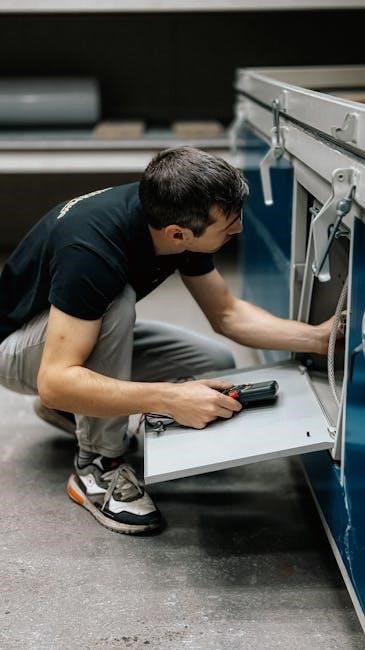
Saving and Recalling Presets
The Boss DD-200 allows you to save custom delay settings to memory locations for easy recall. This feature is ideal for live performances and studio sessions, ensuring quick access to your preferred sounds.
5.1 Saving to Memory Locations
The Boss DD-200 offers 300 memory locations to store custom delay settings. To save, press and hold the WRITE button, then select a location using the cursor buttons or control dial. The LED will flash to confirm saving. This feature allows quick recall of your favorite delay configurations during performances or recording sessions. Ensure the device is powered on and in manual mode before saving to avoid data loss. This ensures your presets are securely stored for future use.
5.2 Organizing Your Presets
Organizing presets on the Boss DD-200 ensures easy access during performances. Use the memory mode to navigate and rename presets for clarity. Group similar delay effects, such as ambient or slapback, into specific memory locations. This system allows quick recall and minimizes downtime. Regularly backing up your presets to a computer via USB prevents data loss. A well-organized setup enhances creativity and efficiency, making the DD-200 a powerful tool for musicians and producers. This feature-rich organization system is a standout aspect of the device.
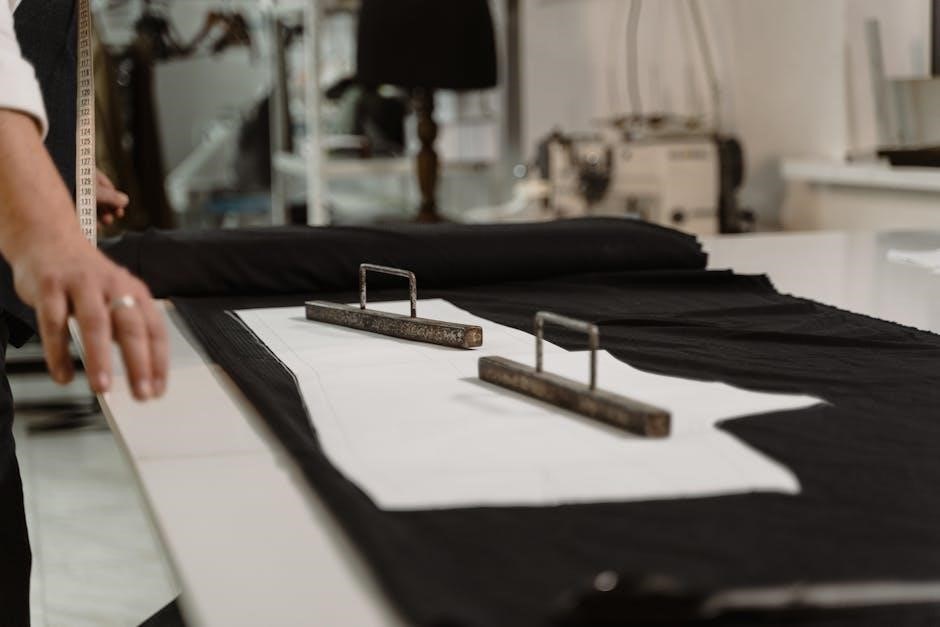
Returning to Factory Settings
To reset the Boss DD-200, hold the TAP/HLDS button while powering on. This restores all settings to factory defaults and clears user data. This process, importantly, clears all user data.
6.1 Steps to Reset the DD-200
To reset the Boss DD-200 to factory settings, first power off the unit. Press and hold the TAP/HLDS button while turning it on. Release the button when the LED flashes red. This process erases all user settings and restores factory defaults. Ensure your pedal is disconnected from any power source before starting. Note that this will clear all custom presets and configurations, so back up your settings if needed. The reset process is complete when the pedal returns to its original factory state.
6.2 Understanding Factory Configuration
The Boss DD-200’s factory configuration resets all settings to their original state, ensuring optimal performance for general use. This configuration includes default delay types, effect levels, and parameter settings designed to provide a clean, professional sound. Factory settings are carefully calibrated by Boss to deliver a balanced and versatile starting point for musicians. After a factory reset, users can rebuild their customizations from a consistent baseline, ensuring reliability and consistency in their audio processing.

Connectivity and Compatibility
The Boss DD-200 offers versatile connectivity options, including USB for computer integration, MIDI control, and TRS inputs/outputs. It is compatible with DAWs and external controllers for seamless integration into any setup.
7.1 Connecting to a Computer
To connect the Boss DD-200 to a computer, use a USB cable to link the pedal’s USB port to your computer. This enables MIDI control and audio interface functionality. Install the Boss USB driver from the official website to ensure compatibility. Once connected, select the DD-200 as the MIDI device in your DAW or software settings. This setup allows for deep customization, firmware updates, and integration with recording software. Ensure your computer recognizes the device for seamless operation and MIDI control.
7.2 Using the DD-200 with DAW Software
Connect the Boss DD-200 to your DAW via USB for seamless integration. Select the pedal as a MIDI device in your DAW settings to control parameters remotely. Assign MIDI controls to manipulate delay time, feedback, and other effects in real-time. Use the pedal’s USB audio interface to record high-quality delay effects directly into your projects. Sync the DD-200’s tempo with your DAW for precise timing. This setup allows for advanced sound design and efficient workflow during music production.

Maintenance and Troubleshooting
Regularly clean the DD-200’s exterior with a soft cloth to prevent dust buildup. Check all connections for stability and ensure cables are undamaged. If issues arise, perform a factory reset to restore default settings. Refer to the troubleshooting guide for common fixes, such as resolving MIDI communication errors or addressing unexpected noise. Proper care ensures optimal performance and extends the lifespan of your device.
8.1 Cleaning and Care Tips
Use a soft, dry cloth to gently wipe the DD-200’s exterior, paying attention to the top panel and buttons. Avoid harsh chemicals or abrasive materials that may damage the finish. For the LCD screen, lightly dampen a clean cloth with water and wipe carefully to avoid streaks. Regularly dust the vents to ensure proper airflow. Always handle the pedals and controls with care to prevent wear. Store the unit in a cool, dry place to preserve its performance and longevity.
8.2 Common Issues and Solutions
If the delay effect isn’t working, ensure the output routing is correctly set in the menu. For distorted sound, check the input and output levels, and ensure the firmware is up to date. If presets aren’t recalling correctly, verify that the memory locations are saved properly. For MIDI issues, ensure the MIDI channel is set correctly and the DD-200 is properly connected to your system. Always restart the unit after updating firmware to ensure stability.

Additional Resources
The Boss DD-200 manual is available for download on the official Boss website. Additional support is provided through forums, tutorials, and user-generated guides for enhanced learning.
9.1 Downloading the Full Manual
To access the Boss DD-200 manual, visit the official Boss website and navigate to the support section. Search for the DD-200 product page, where you’ll find a downloadable PDF version of the manual. Ensure you select the correct language and version for your device. The manual is comprehensive, covering all features, settings, and troubleshooting tips. Additionally,Boss provides supplementary guides, such as quick start guides, to help users get familiar with the pedal’s operation. Downloading the manual is essential for maximizing your experience with the DD-200.
9.2 Online Support and Forums
Boss offers extensive online support for the DD-200 through their official website and forums. Visit the Boss support page to access FAQs, troubleshooting guides, and software updates. Additionally, join forums like the official Boss Forum or popular music gear communities such as Guitar World and Reddit. These platforms allow users to share tips, ask questions, and learn from others who own the DD-200. Engaging with these resources can enhance your understanding and help you resolve any issues quickly.

9.3 User-Generated Guides and Cheat Sheets
Explore user-generated guides and cheat sheets for the Boss DD-200 by visiting websites like Reddit, Facebook groups, and specialized music gear forums; These resources often include detailed setups, shortcuts, and creative tips shared by experienced users. Many enthusiasts post their favorite presets and real-world applications, offering unique insights. Additionally, YouTube tutorials and blog posts provide visual and step-by-step instructions, helping you maximize the DD-200’s potential. These community-driven materials complement the official manual and inspire new ways to use the pedal.
The Boss DD-200 is a versatile digital delay pedal offering a range of delay types and customizable settings.
Experiment with setups to unlock its potential and enhance your music.
10.1 Summary of Key Features
The Boss DD-200 offers a wide range of delay modes, including Standard, Analog, Tape, and Reverse delays. It features a 60-second looper and real-time controls for intuitive adjustments. With customizable parameters like delay time, feedback, and EQ, it provides precise sound shaping. The LCD screen ensures easy navigation, while MIDI compatibility and USB connectivity expand its functionality. Built-in memory allows for saving up to 280 presets, making it ideal for live performances and studio use. Its robust design and versatile features make it a powerful tool for musicians seeking professional-grade delay effects.
10.2 Final Tips for Getting the Most Out of the DD-200
Experiment with different delay modes and settings to discover unique sounds. Regularly update the firmware to access new features and improvements. Use the looper function to create layered effects and textures. Customize presets to match your playing style and genre. Practice navigating the menu system to optimize performance. Explore external control options for enhanced live versatility. Always save your favorite settings to ensure easy recall during gigs or sessions.
